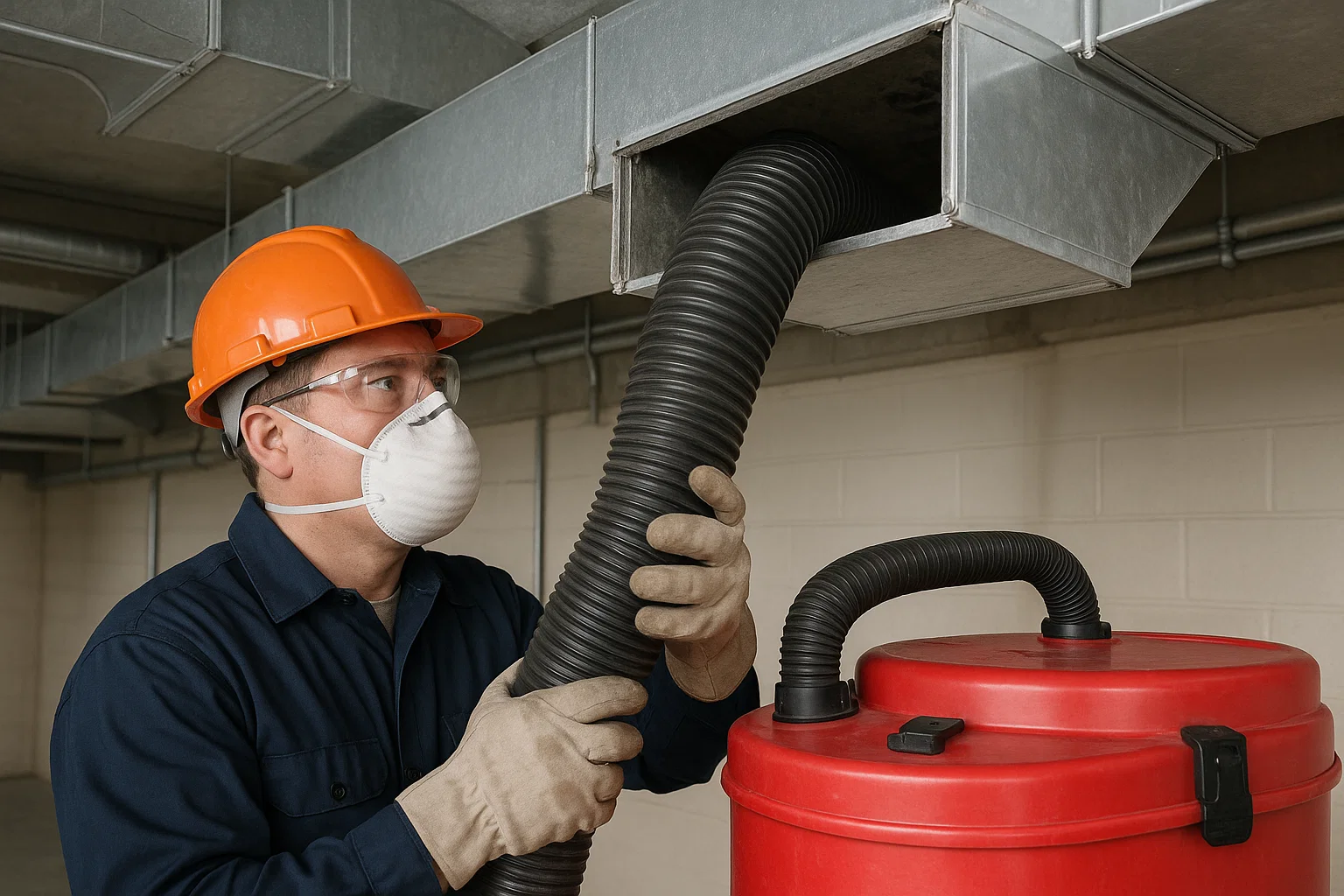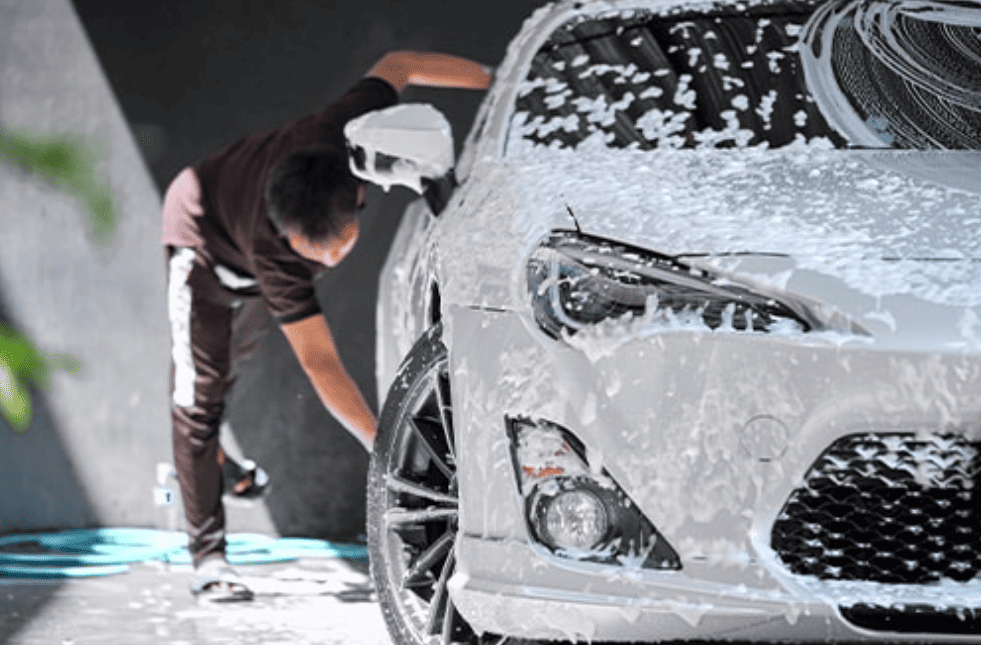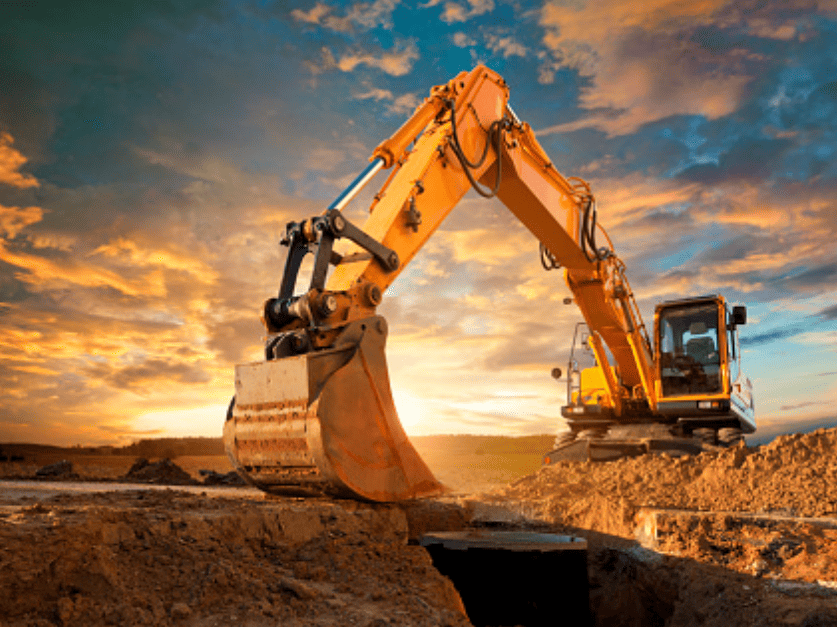If you’ve ever wondered why your home sometimes feels stuffy, even when you clean regularly, it might be your air ducts. Over time, dust, pet dander, pollen, and all sorts of tiny particles can settle inside those hidden passageways that carry air throughout your house. When it comes time to clear out the gunk, you’ll find two main options in Avondale: the old-school way, and a newer method called Negative Pressure air duct Cleaning. Let’s break down what sets these two apart, so you know what’s best for your home and peace of mind.
“A home’s air quality is only as good as its cleanest duct.”
Key Features: How the Two Methods Get the Job Done
Let’s start with what actually happens when someone comes to clean your air ducts. With the traditional method, you’ll usually see technicians bring in brushes, vacuums, and maybe a few hand tools. They go vent by vent, scrubbing and vacuuming as they move along. It’s a straightforward approach, and it’s been around for decades.
Negative pressure cleaning, on the other hand, flips things around. Instead of just relying on brushes and portable vacuums, the crew will hook up a powerful vacuum to your duct system, sealing off one end. This creates a strong suction—think of it like a giant shop vac for your entire ductwork. As the negative pressure pulls air through, brushes and air whips knock loose any stubborn dust and debris. The loosened gunk gets sucked straight into the vacuum, rather than drifting around your home.
| Feature | Traditional Cleaning | Negative Pressure Cleaning |
|---|---|---|
| Main Tools Used | Brushes, portable vacuums | High-powered vacuum, seal-off system, air whips |
| Cleaning Process | Manual, vent-by-vent | Whole system suction, debris removal in one go |
| Effectiveness | Can miss some dust in corners | More thorough, removes even hidden debris |
| Time Needed | Varies, can take longer | Often faster, especially for bigger homes |
Safety: Keeping Your Home—and Lungs—Protected
When it comes to safety, both methods aim to make your air cleaner, but there’s a difference in how they handle dust and allergens. Traditional cleaning can stir up particles, and if everything isn’t sealed off just right, some of that mess might end up floating around your living room or settling on your furniture. Folks with allergies or asthma might notice a difference after a basic cleaning, but it’s not always dramatic.
Negative pressure cleaning is designed to capture almost everything that gets knocked loose. Since the vacuum system is sealed tightly to your ducts, it creates a closed loop: air and debris go in, but nothing escapes back into your house. For anyone sensitive to dust or worried about leftover particles, this method gives a little more peace of mind. Plus, since the system is so powerful, there’s less risk of leaving behind mold spores, pollen, or even the odd critter that might have found its way inside.
Cost: What Will Each Method Run You?
Money matters, especially when you’re weighing home maintenance costs. Traditional duct cleaning tends to be less expensive up front. The equipment is simpler, and it might be all you need if your ducts aren’t especially dirty or if you’re on a tight budget.
Negative pressure cleaning, though, usually comes with a higher price tag. The machines are more powerful and the process is more involved, but you’re also getting a deeper clean. Think of it like the difference between washing your car with a bucket and sponge, versus running it through a high-powered car wash. For homes with lots of dust, pets, or anyone with breathing issues, the extra investment can be worth it.
Emergency Service: What If You Need Help Fast?
Sometimes, you need an air duct cleaning right away—maybe after a renovation, a fire, or if you discover a mold problem. Both methods can be used in emergencies, but negative pressure systems are particularly handy. They’re faster at removing large amounts of debris and can handle tough situations where time is critical. Some companies in Avondale even offer same-day or next-day negative pressure cleaning for urgent cases.
Traditional cleaning might be a bit slower, especially if the system is big or the mess is severe. If you’re in a pinch, ask your local pros about their availability and cleaning options, and let them know how urgent the situation is.
Frequently Asked Questions
1. Do I need to leave the house while the cleaning is happening?
Not usually. With negative pressure cleaning, any dust that gets stirred up is contained, so it’s safe to be home. Traditional cleaning may kick up more dust, so sensitive folks might want to step out for a bit.
2. How often should I clean my air ducts?
Every 3–5 years is a common recommendation, but homes with pets, smokers, or lots of dust may need more frequent cleanings.
3. Does negative pressure cleaning damage my ducts?
Nope! The equipment is designed to be powerful but gentle. As long as your ducts are in decent shape, there’s no risk of damage.
4. Will cleaning my ducts lower my energy bills?
It can! When ducts are clear, your HVAC system doesn’t have to work as hard, so you might see a drop in your monthly bills.
5. How do I know which method is right for me?
If you have a newer home or haven’t had any major dust issues, traditional cleaning might do the trick. If you’re after a deep clean or have allergies, negative pressure is your best bet.
Wrapping It Up: Which Cleaning Style Suits Your Home?
At the end of the day, both traditional and negative pressure air duct cleaning have their place in Avondale homes. If you want a solid, affordable clean and your ducts aren’t too grimy, the old-school route will work. But if you’re looking for a deep, thorough clean—especially if you have allergies, pets, or a big mess to tackle—negative pressure cleaning is hard to beat. Whichever you choose, a clean duct system means fresher air, a happier HVAC system, and a more comfortable home for everyone.
If you’re on the fence, ask your local Avondale pros for their honest opinion—after all, they know the ins and outs of Negative Pressure air duct Cleaning better than anyone!
Read more : Avondale Air Duct Cleaning



